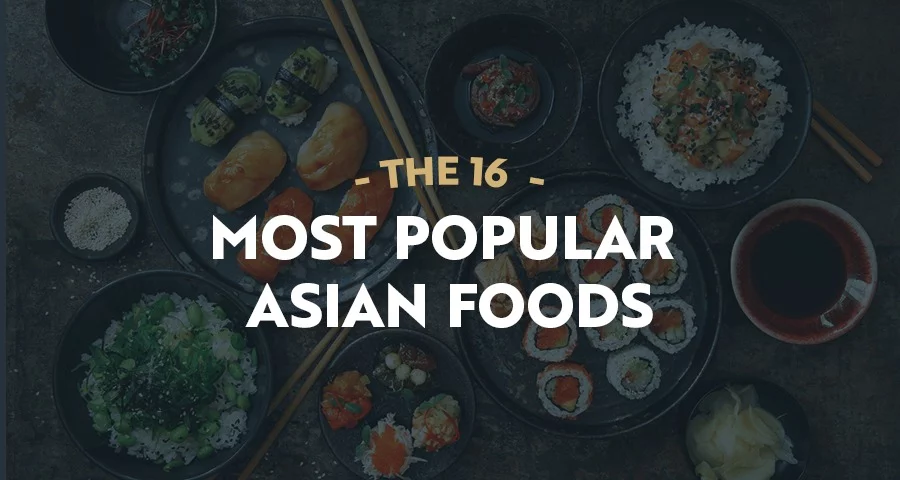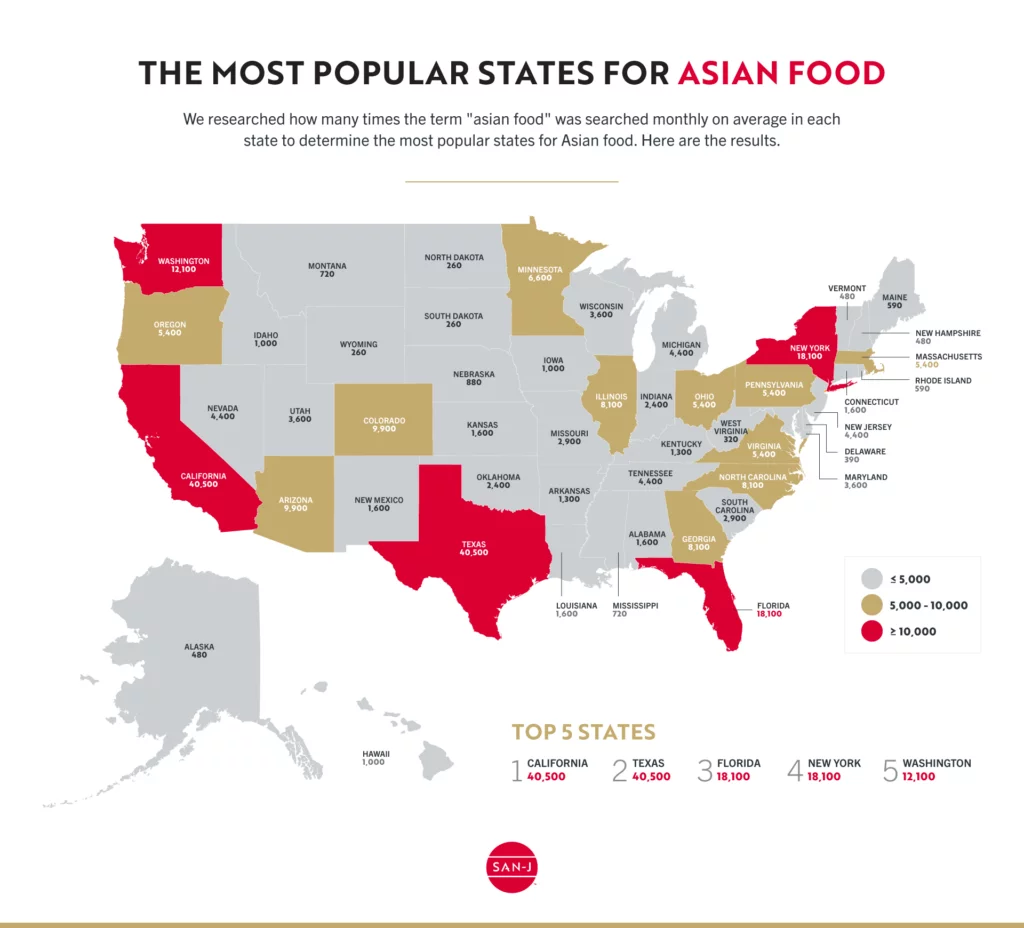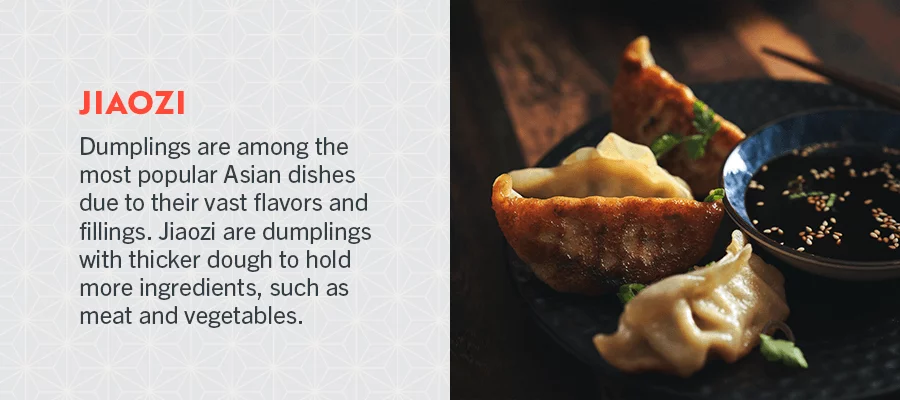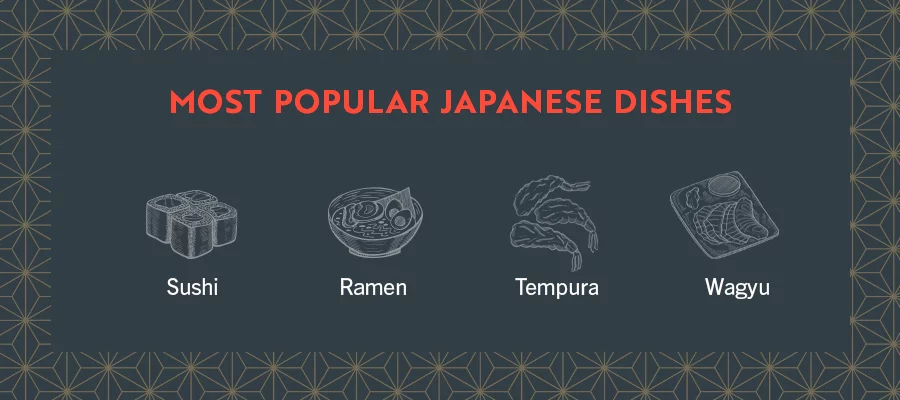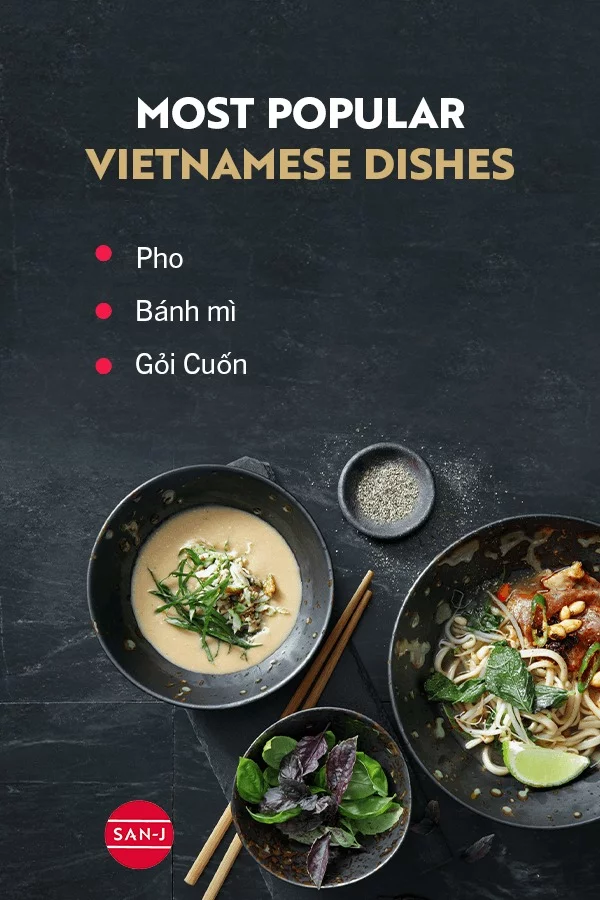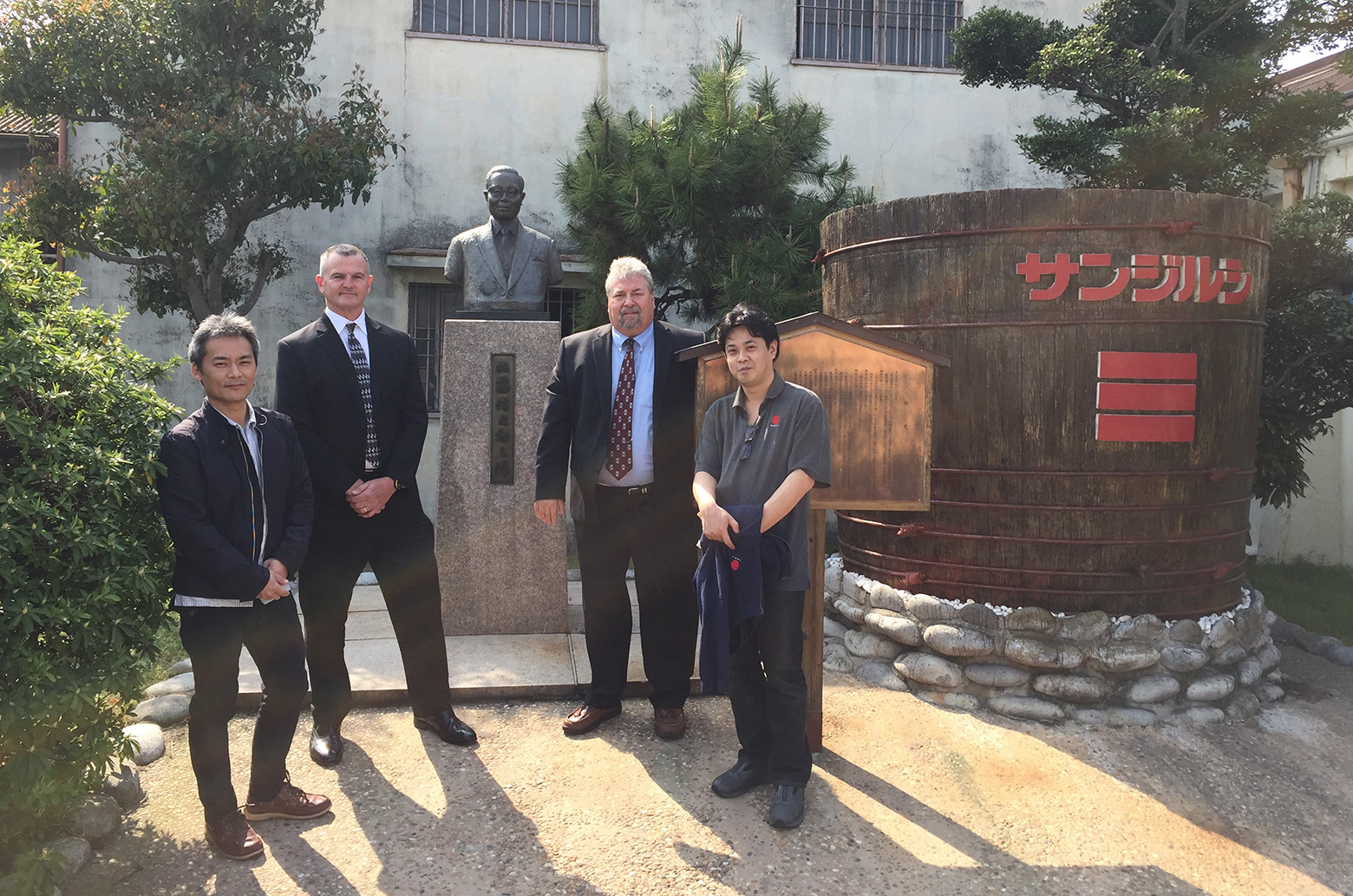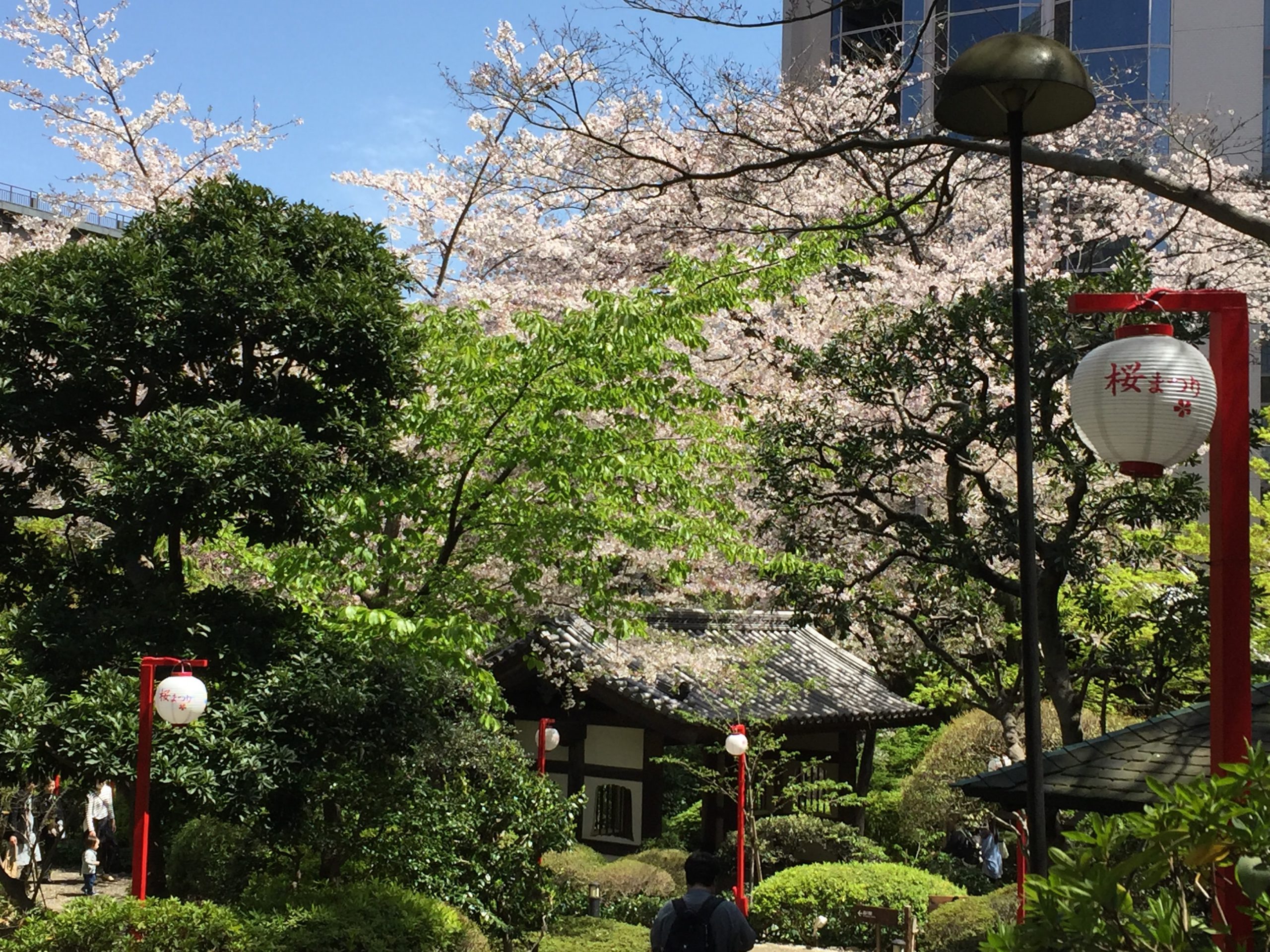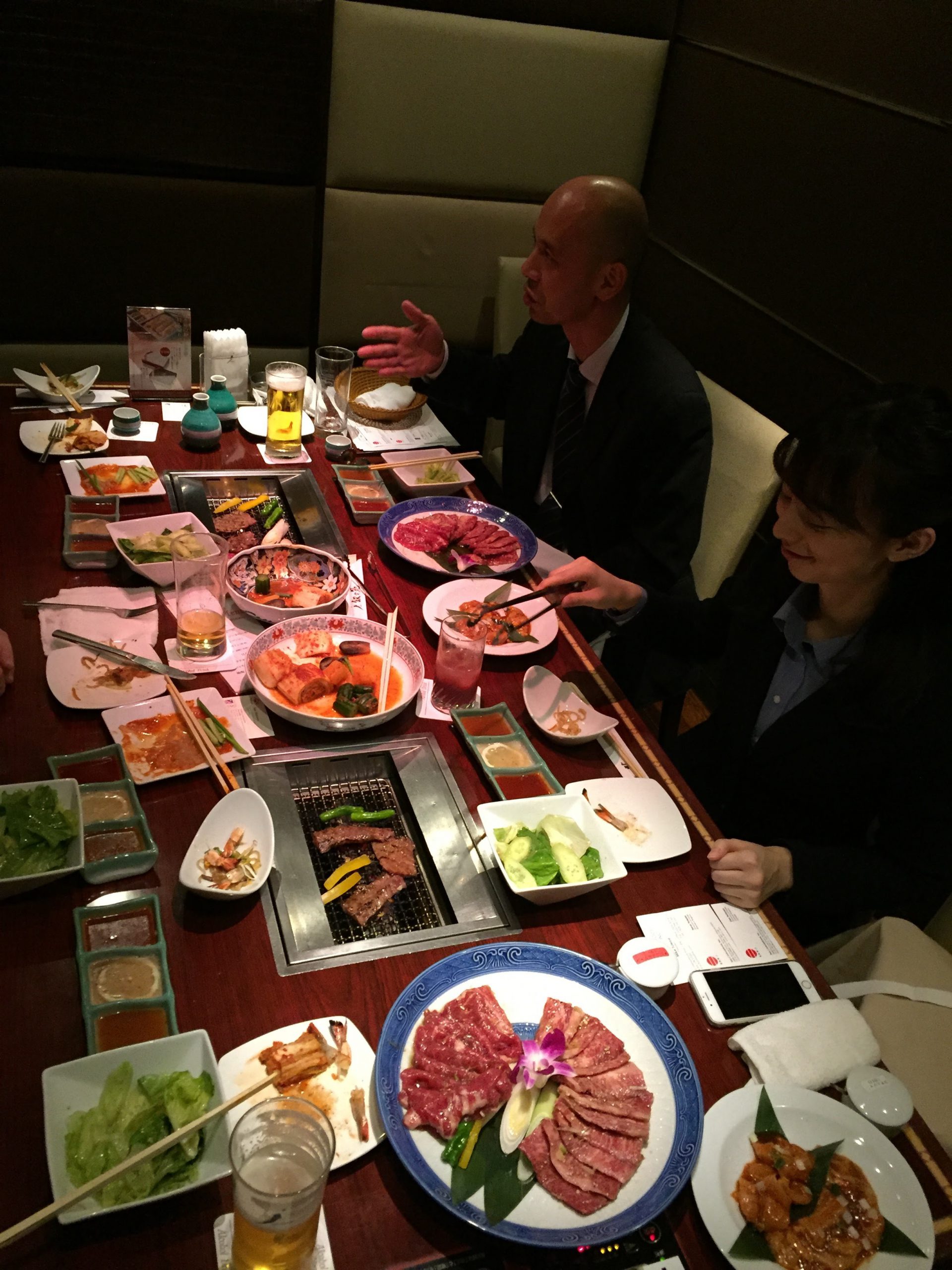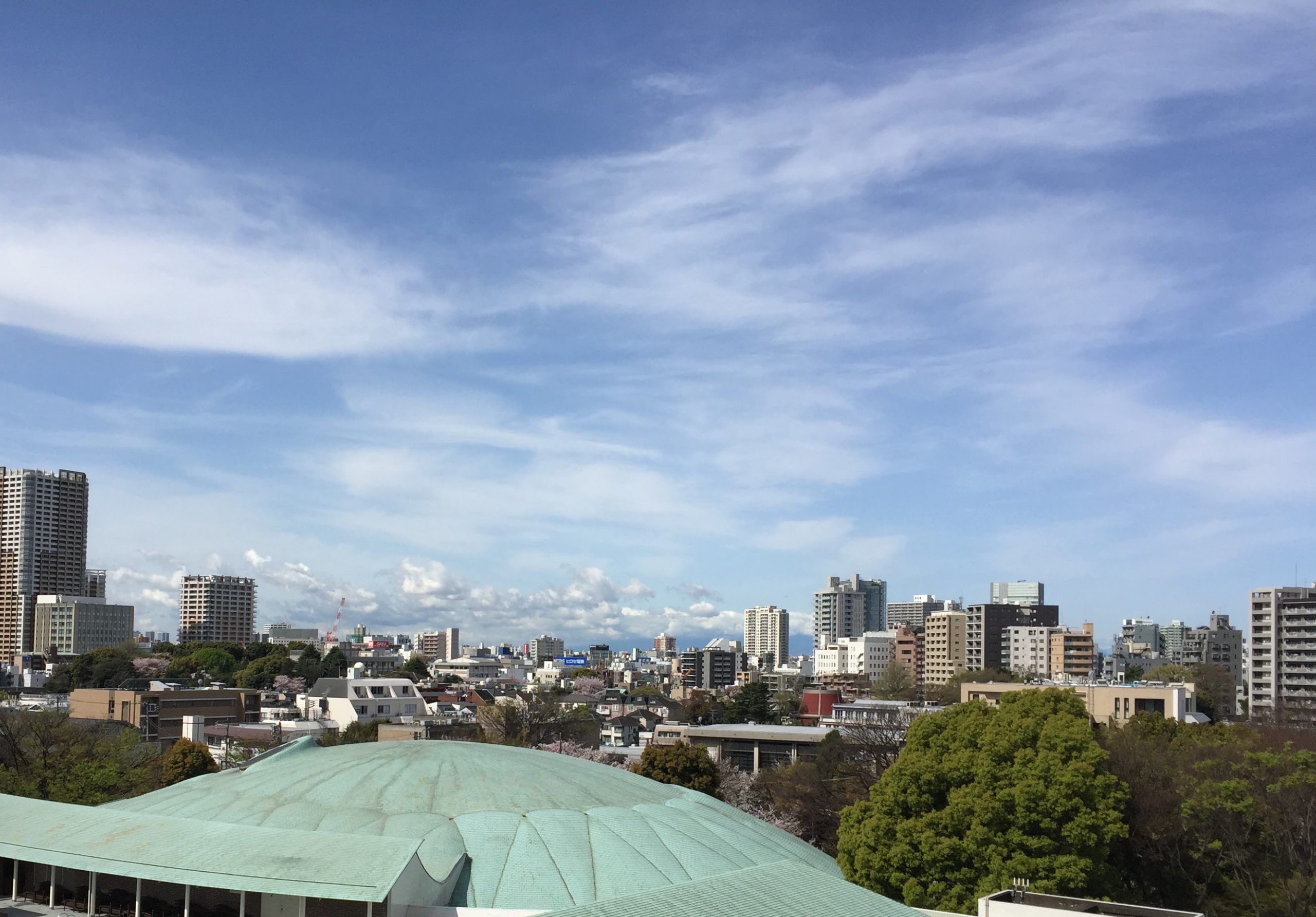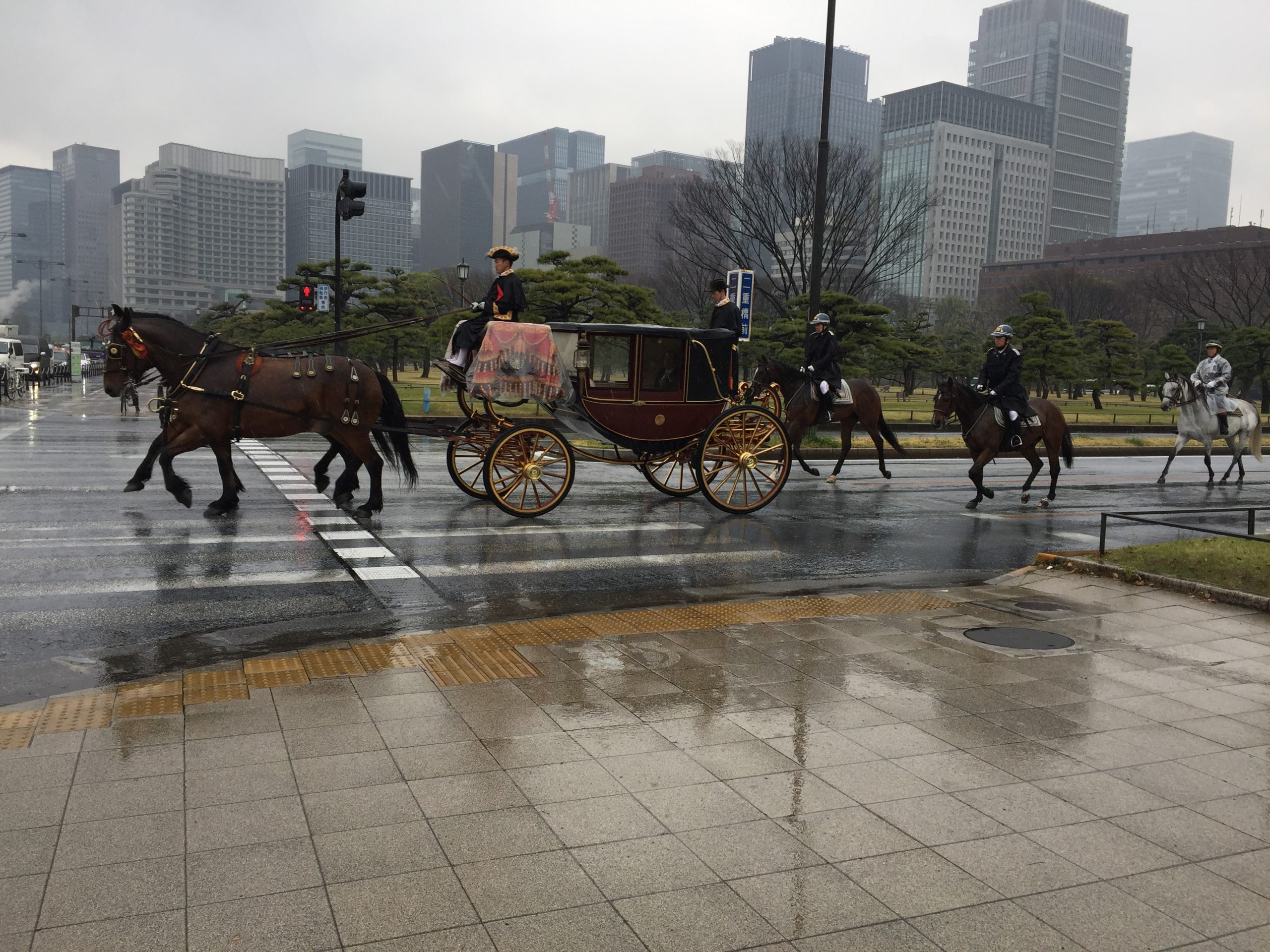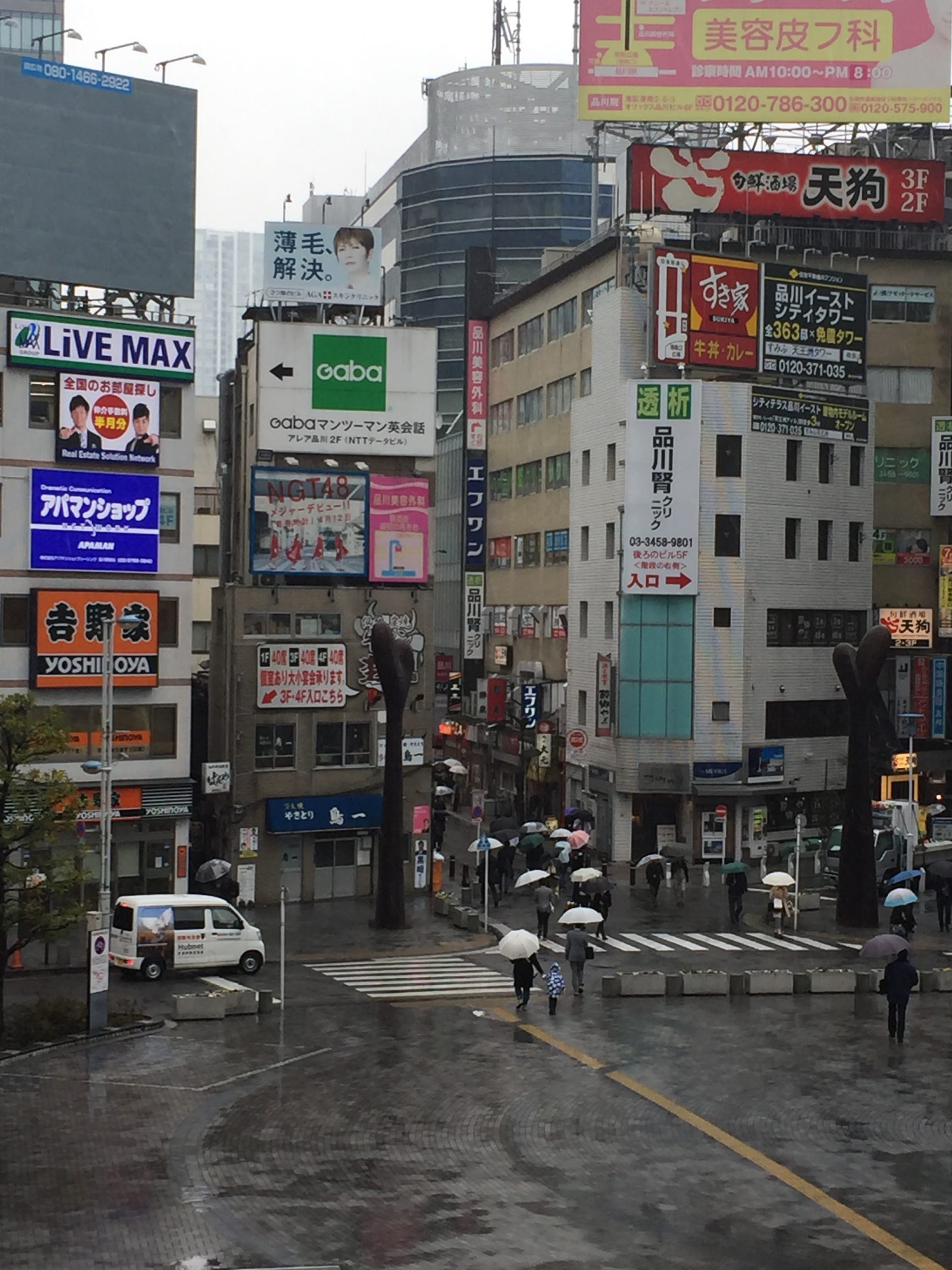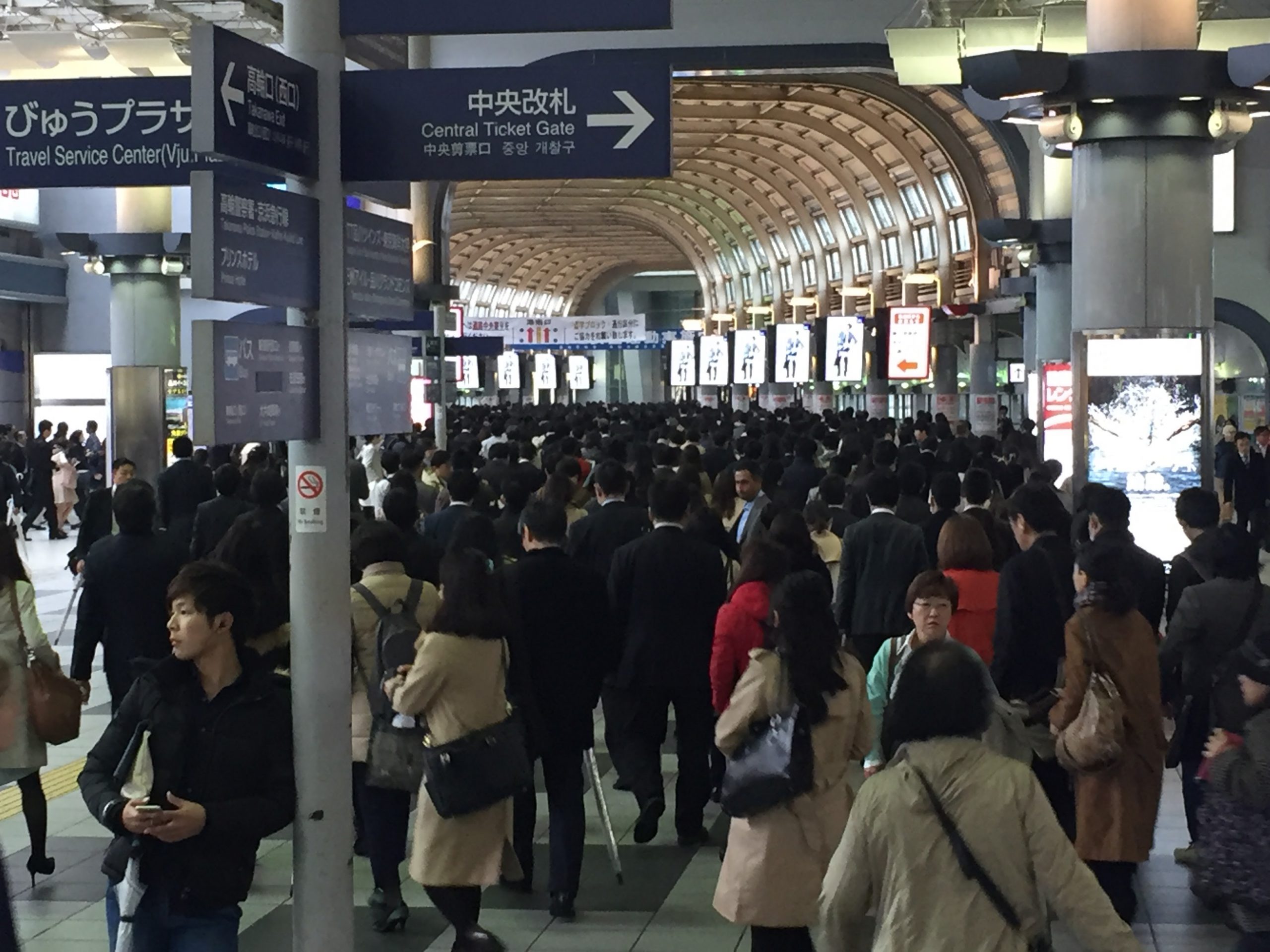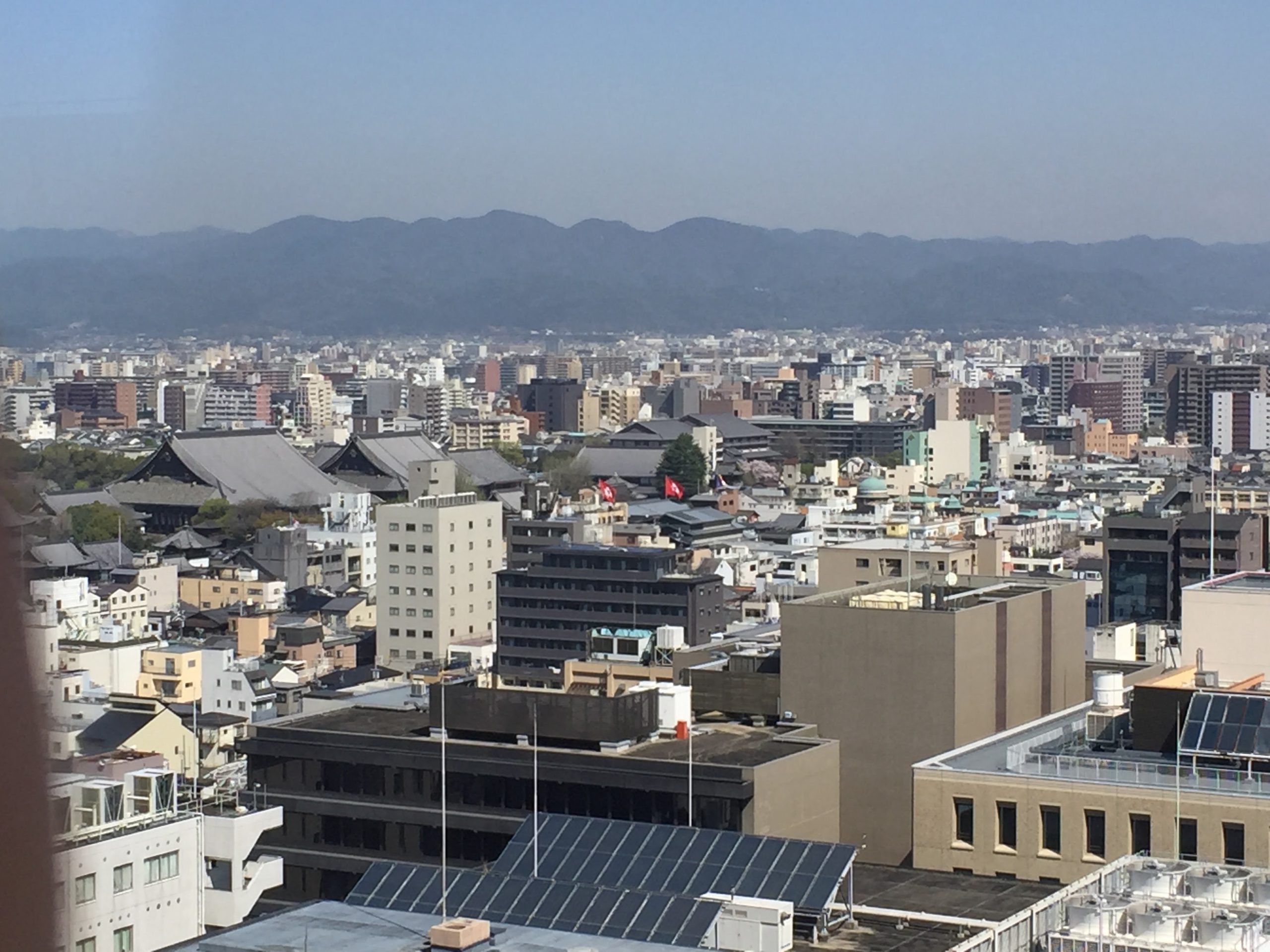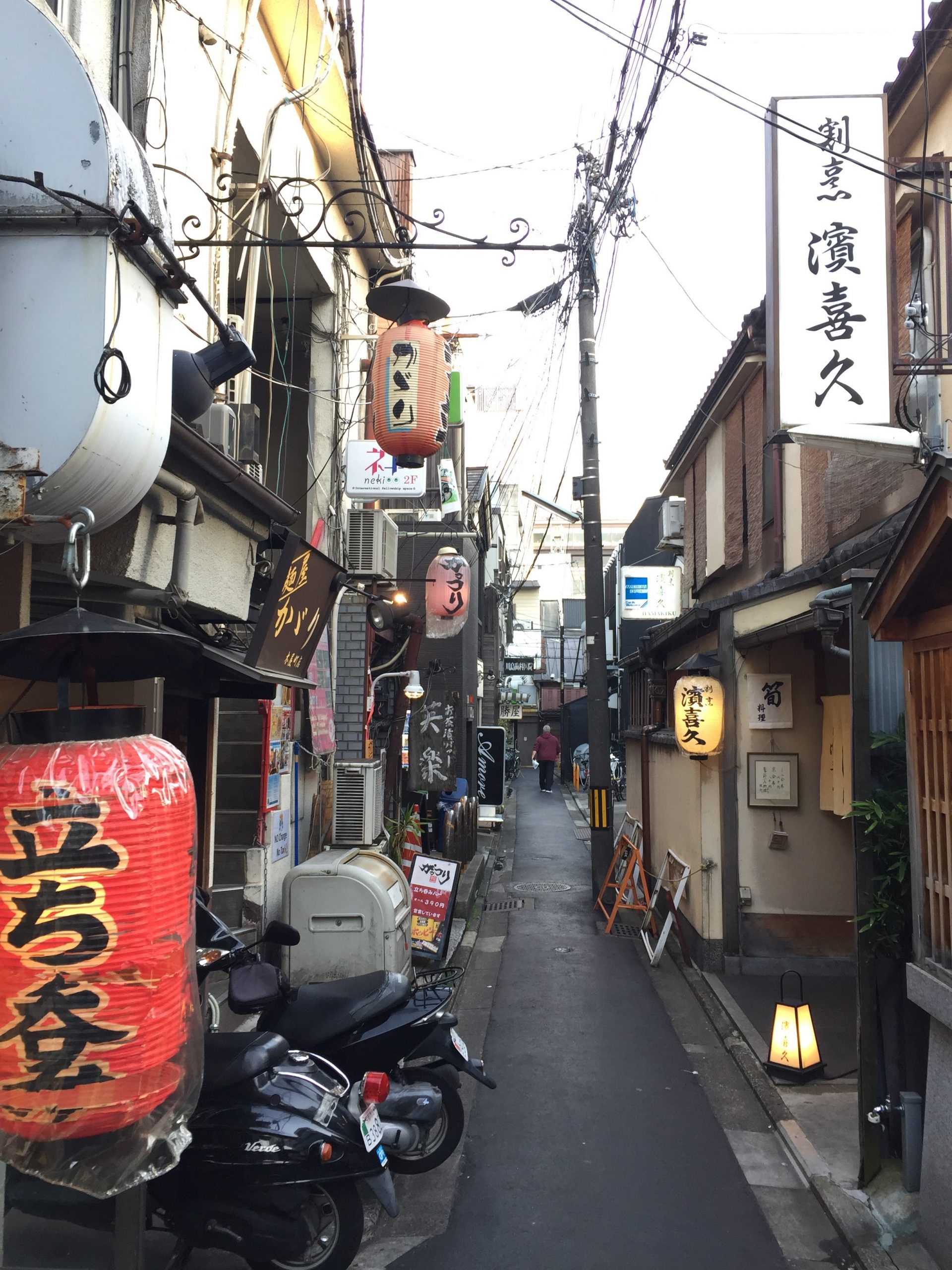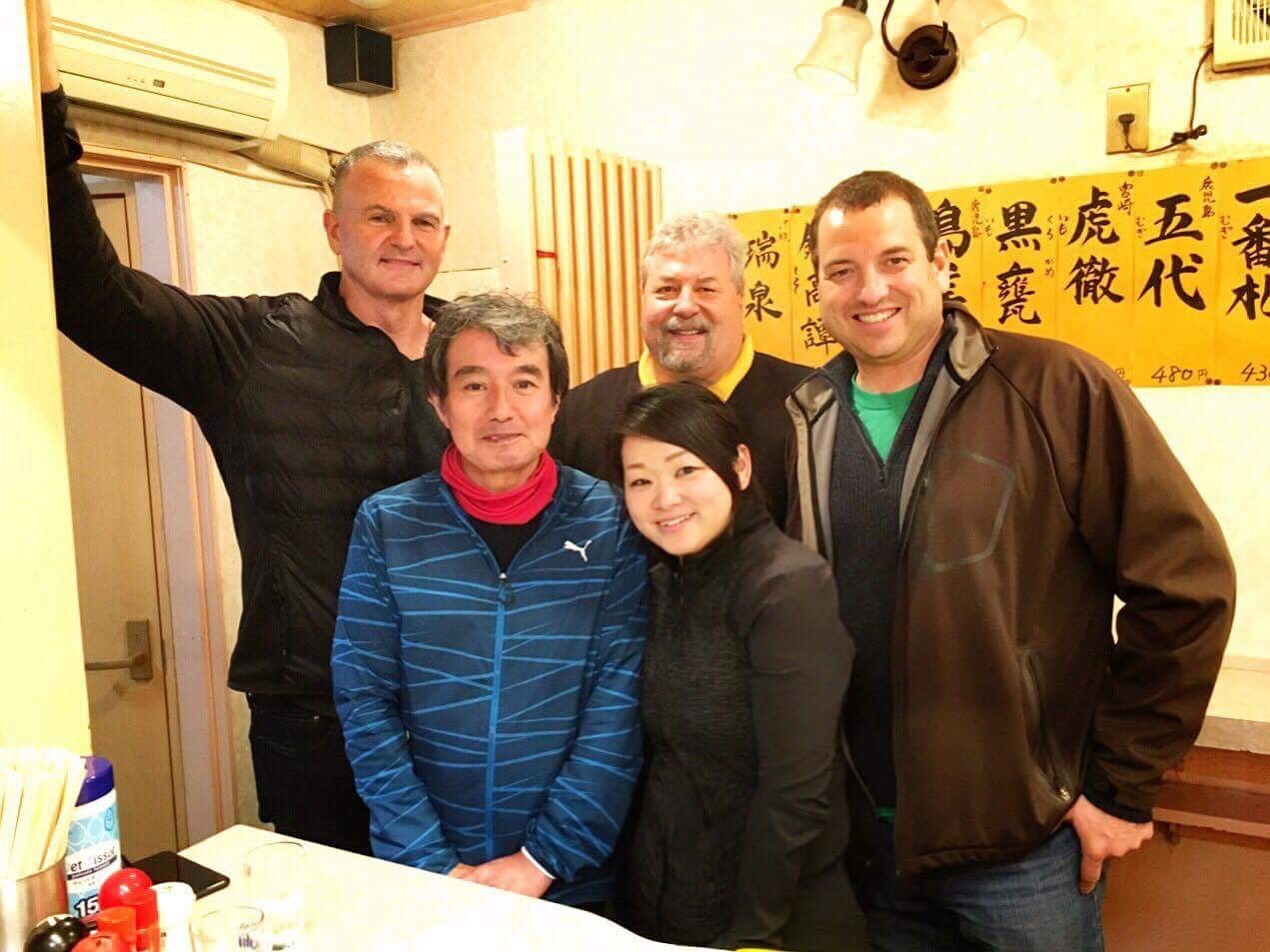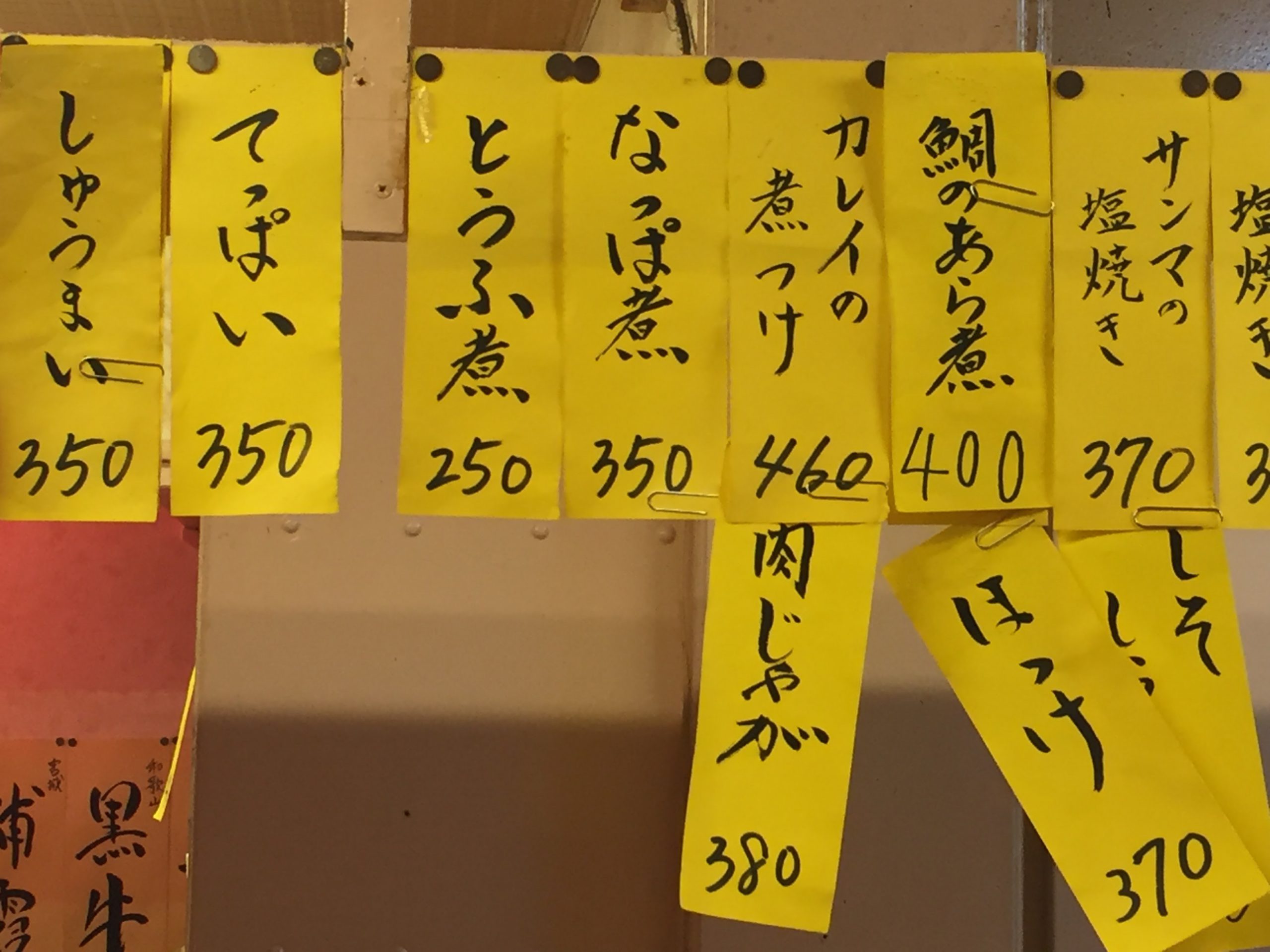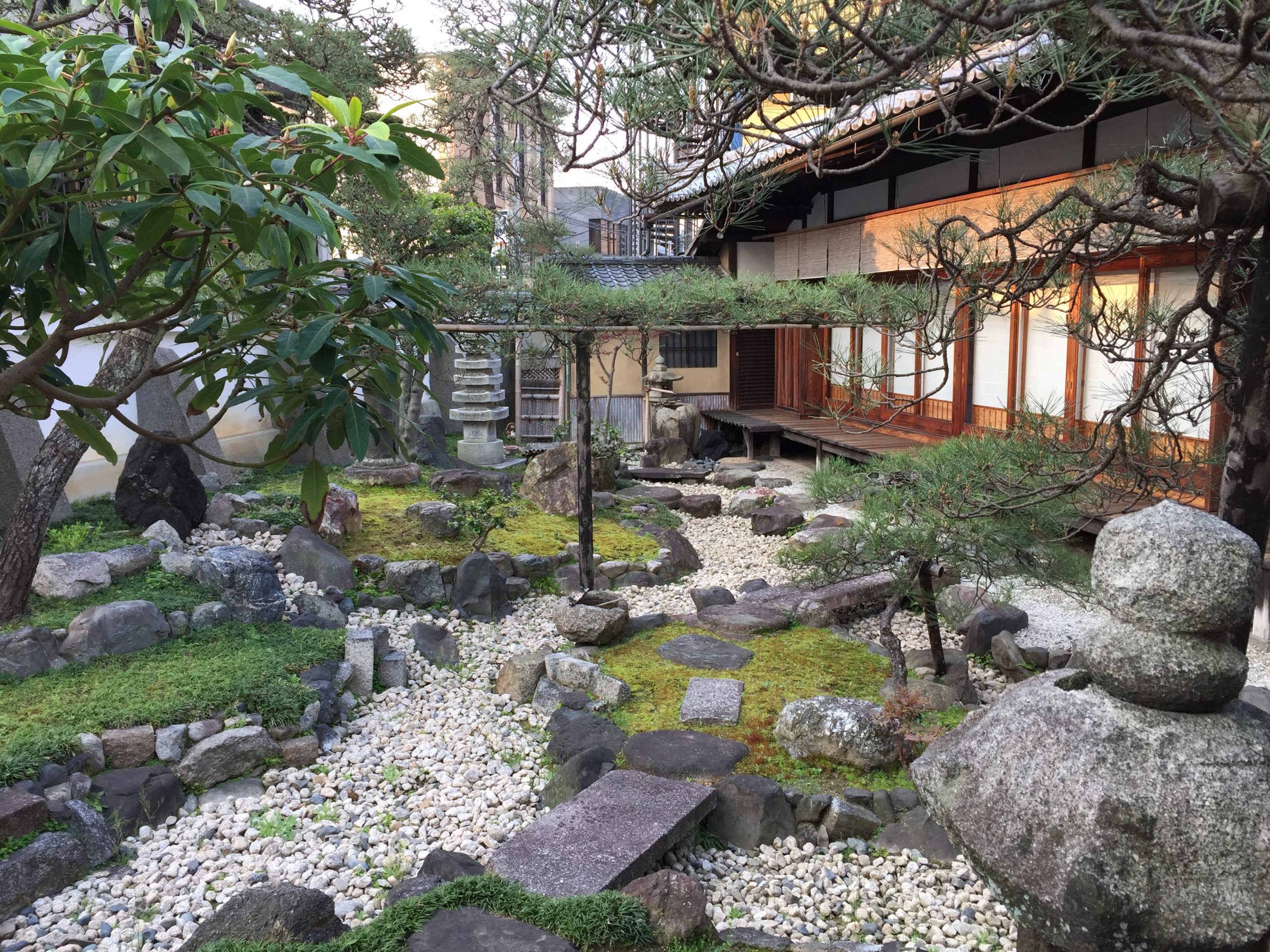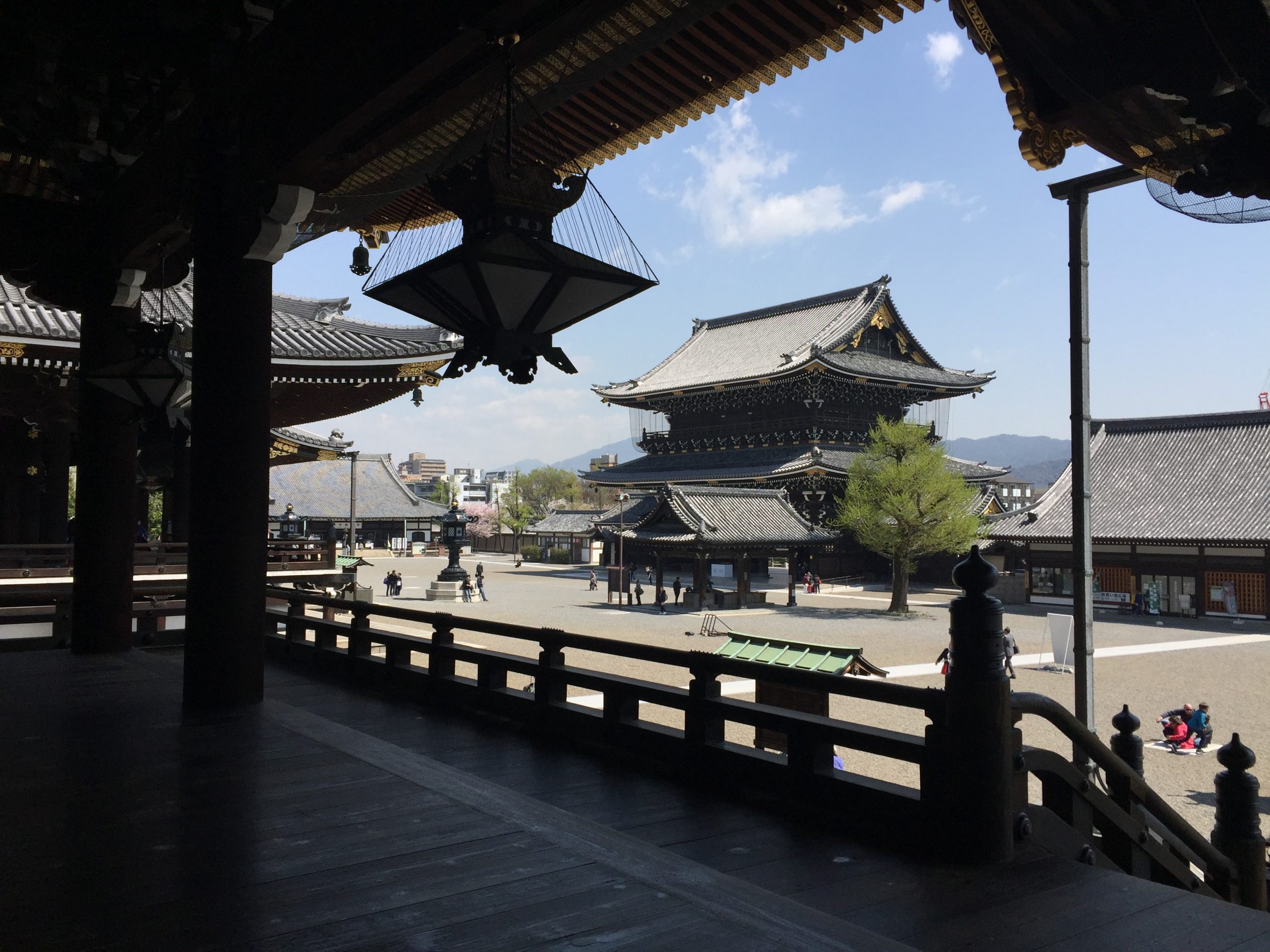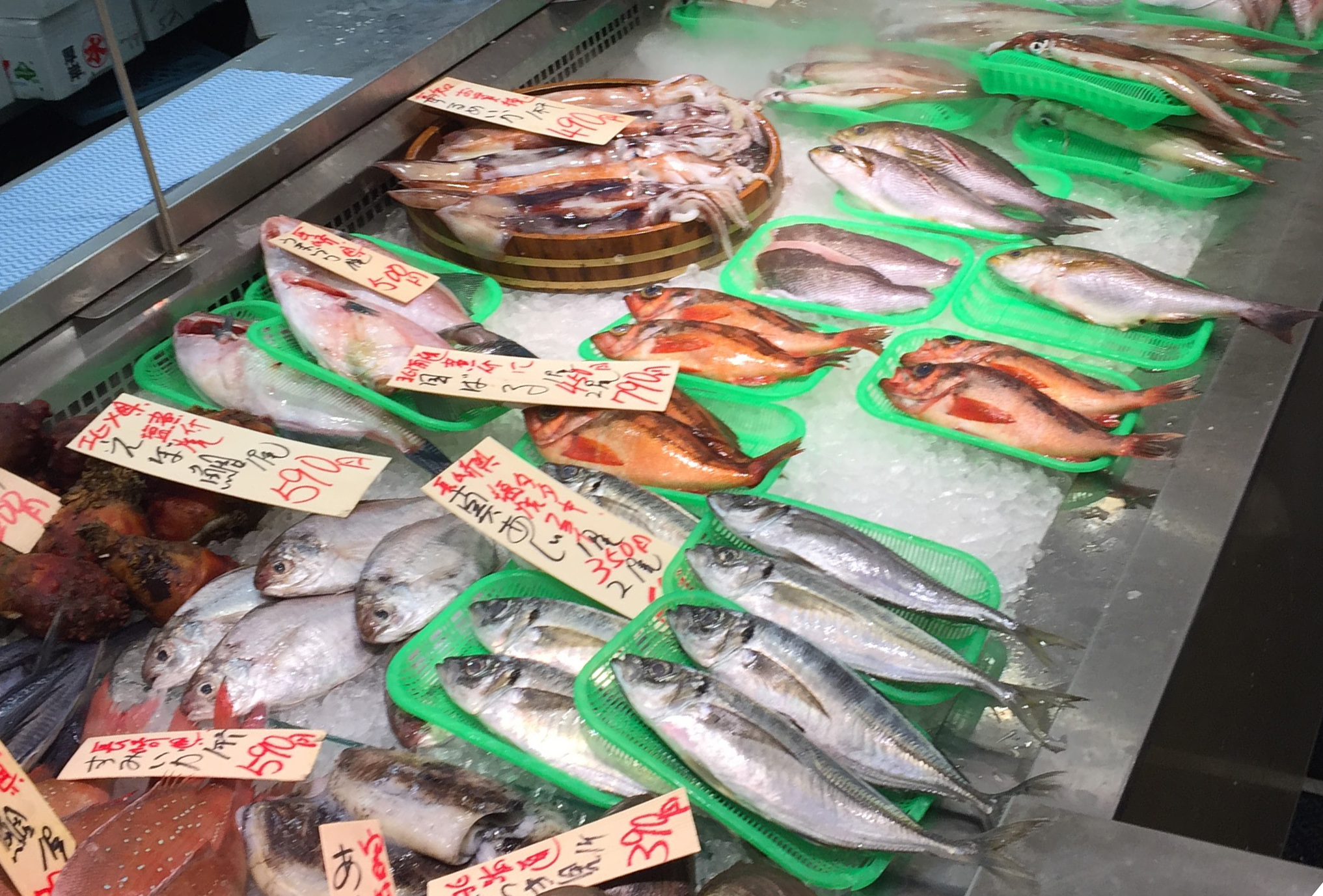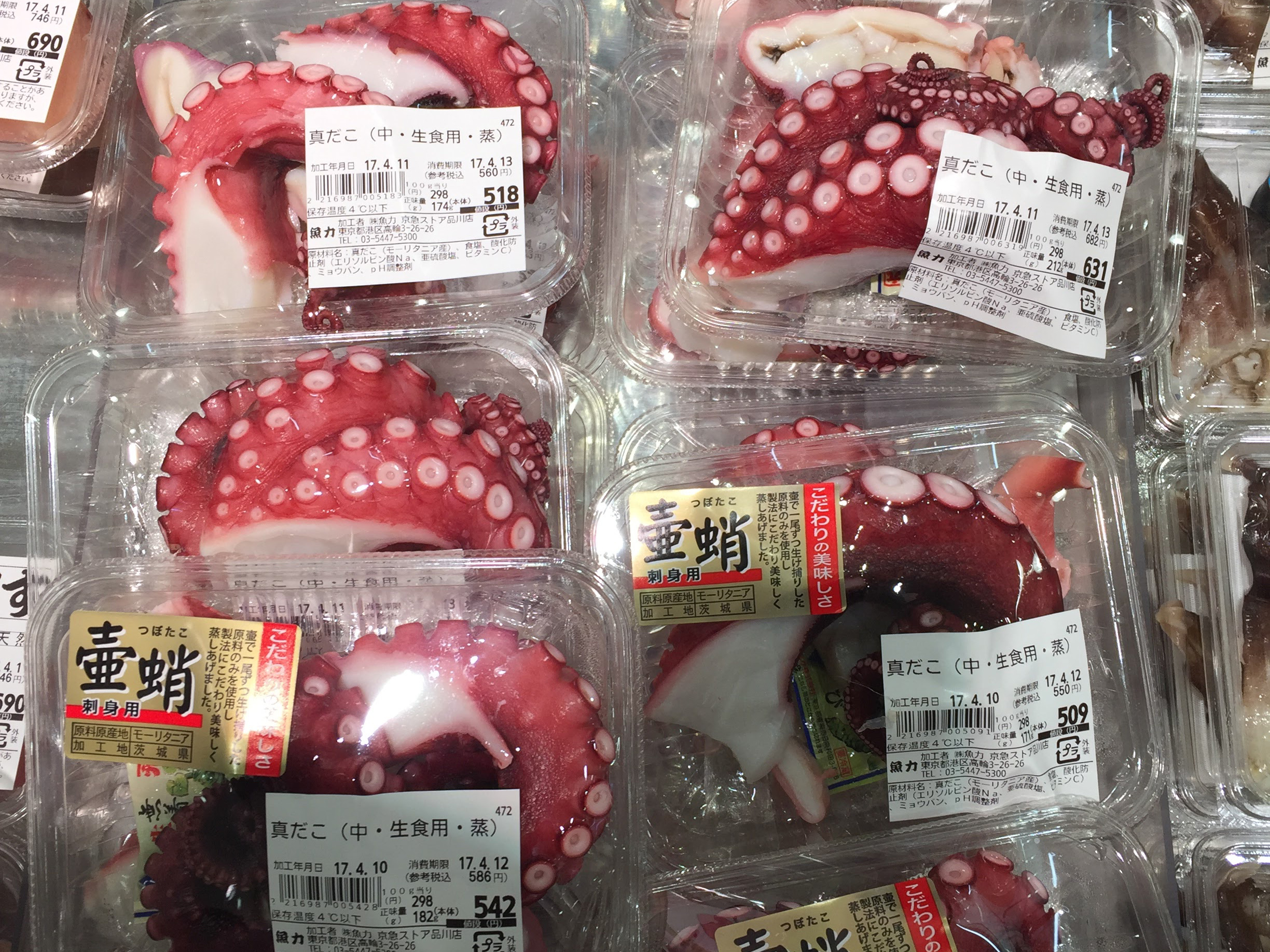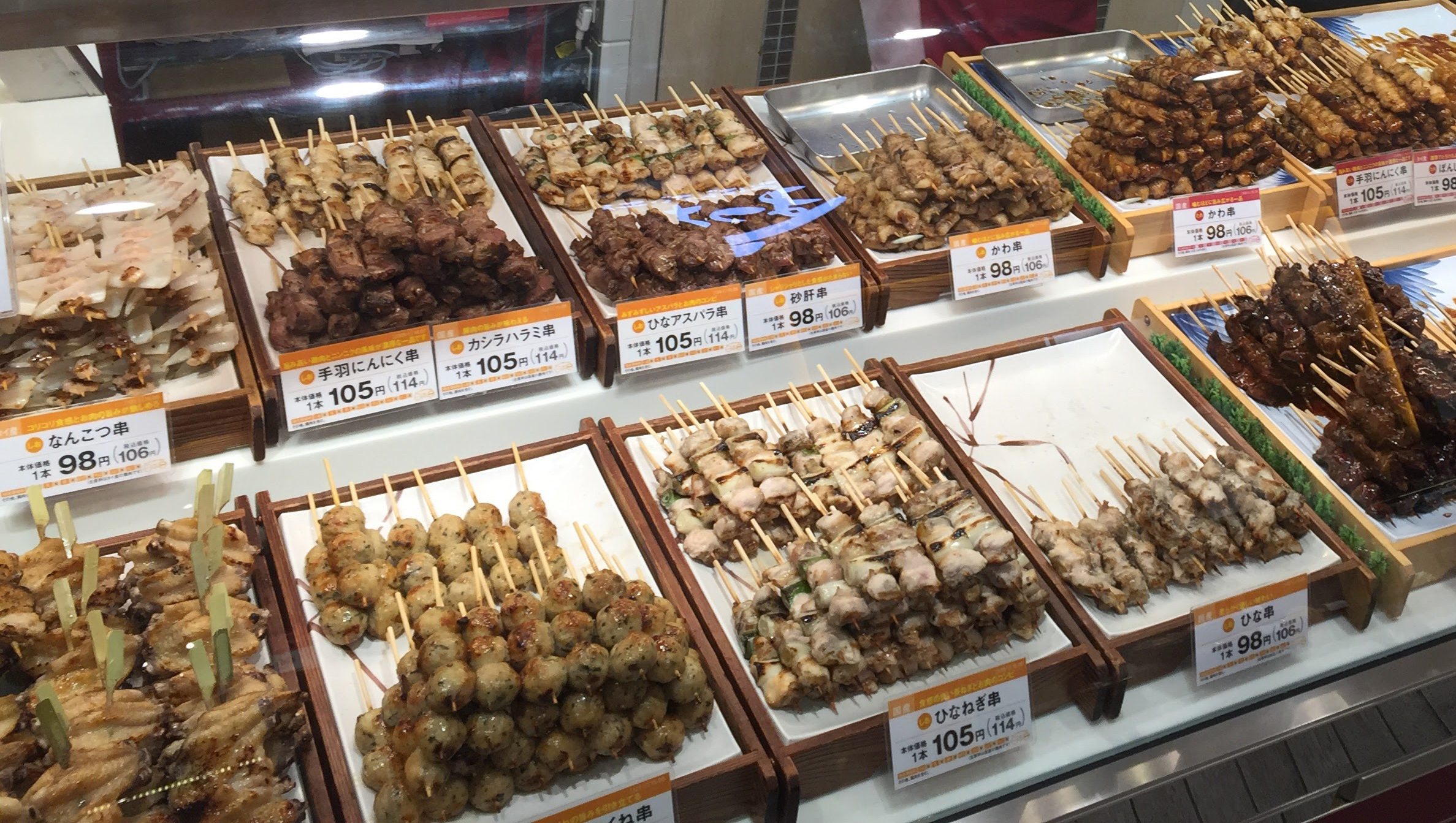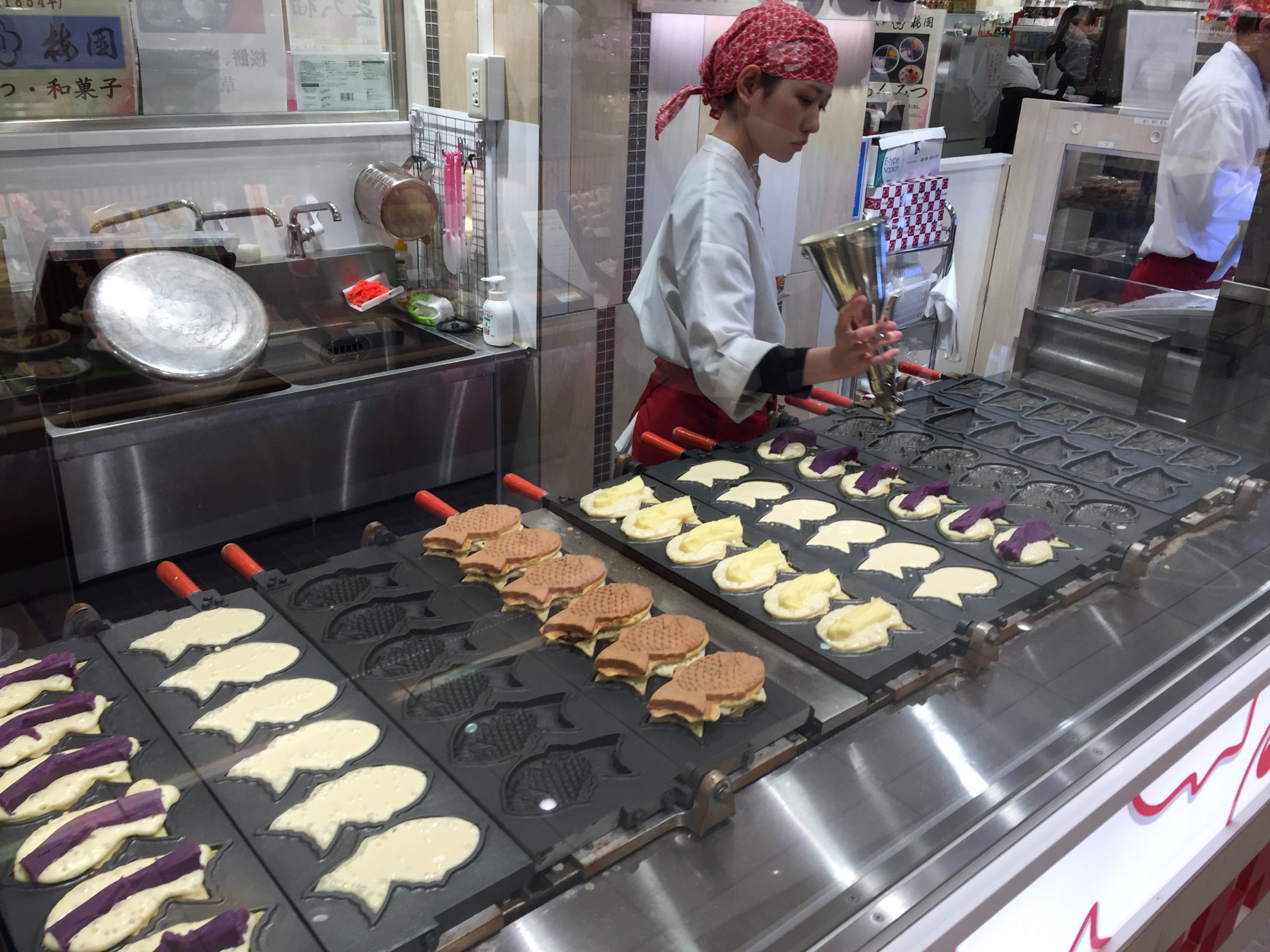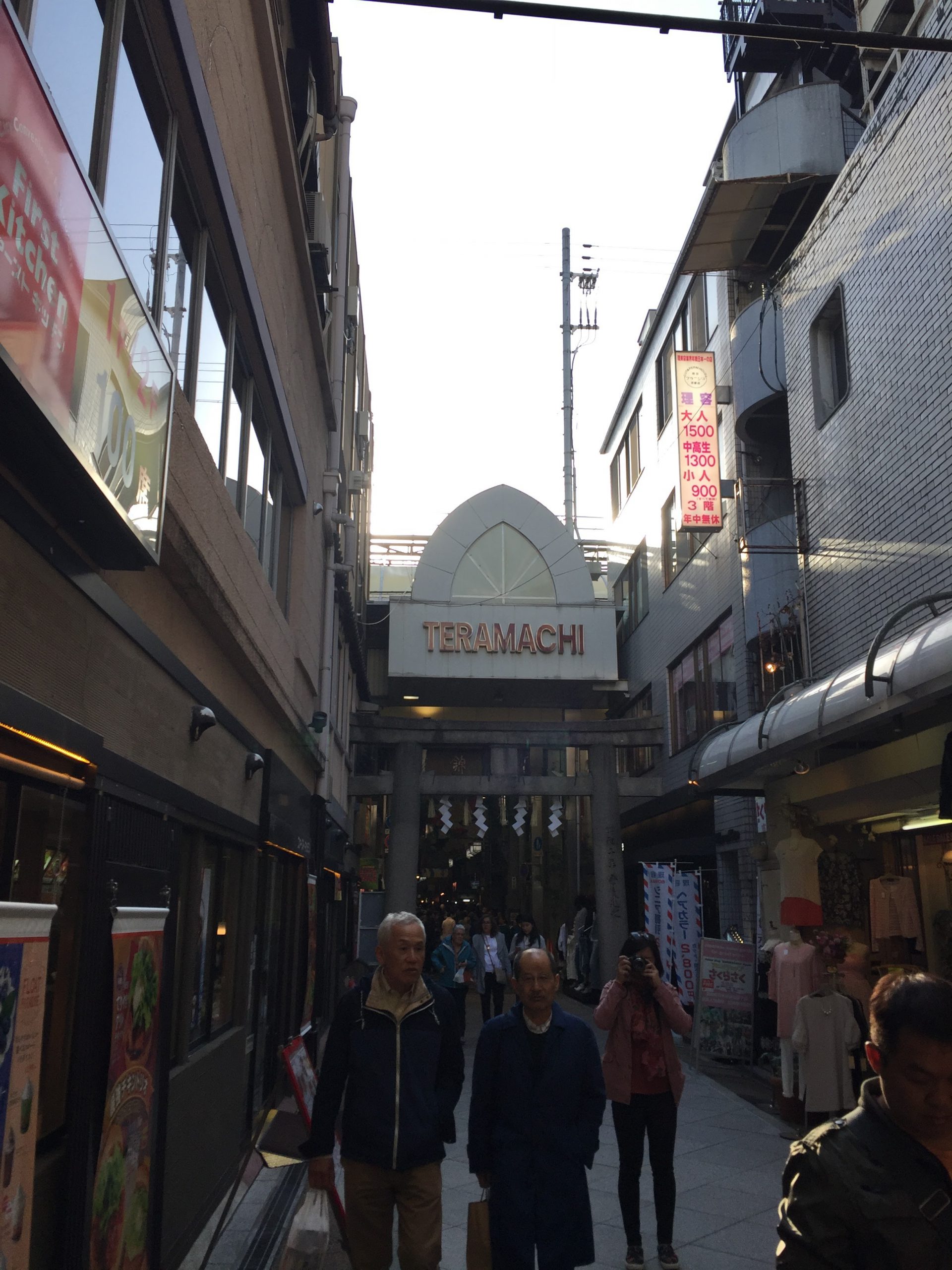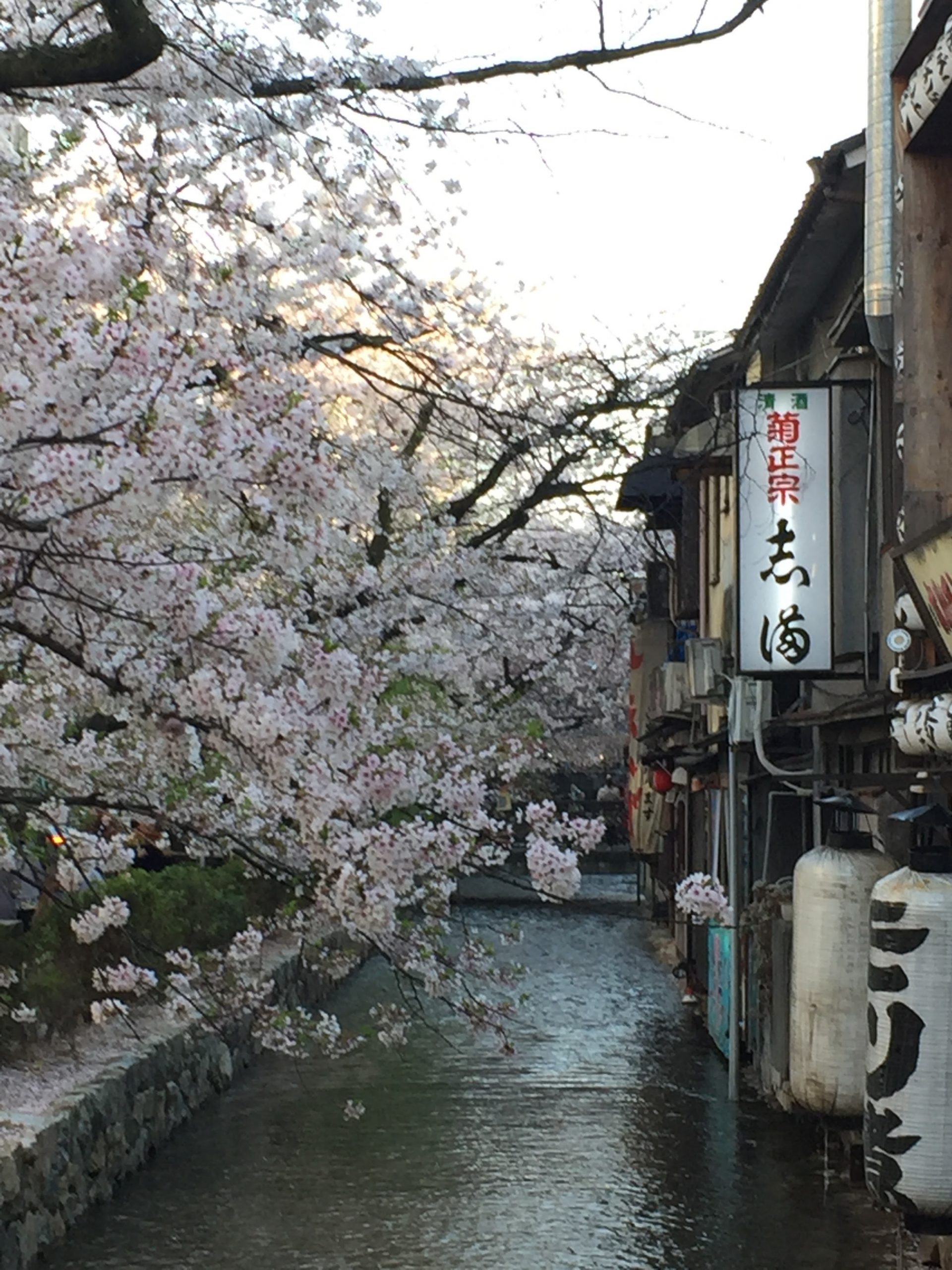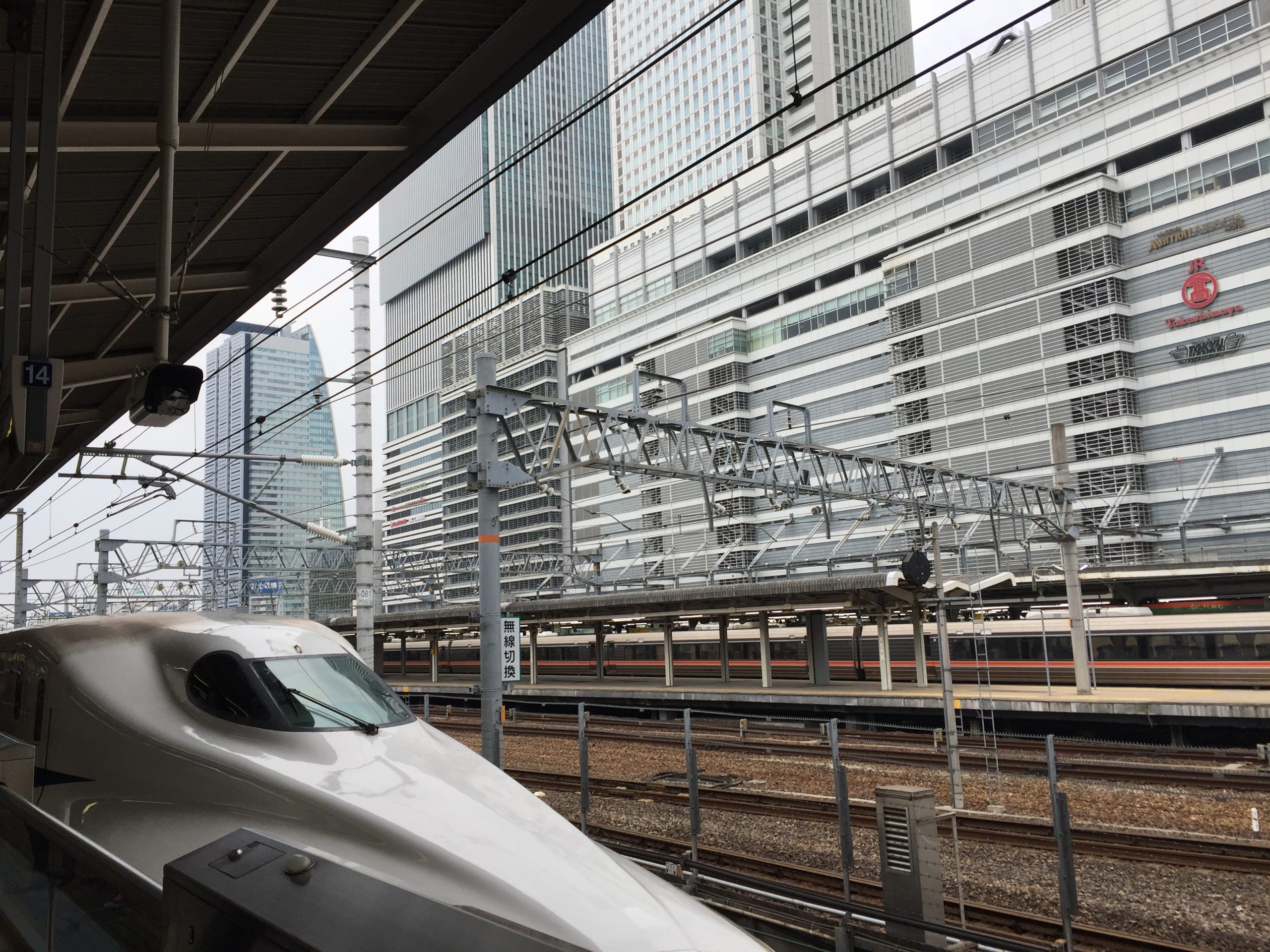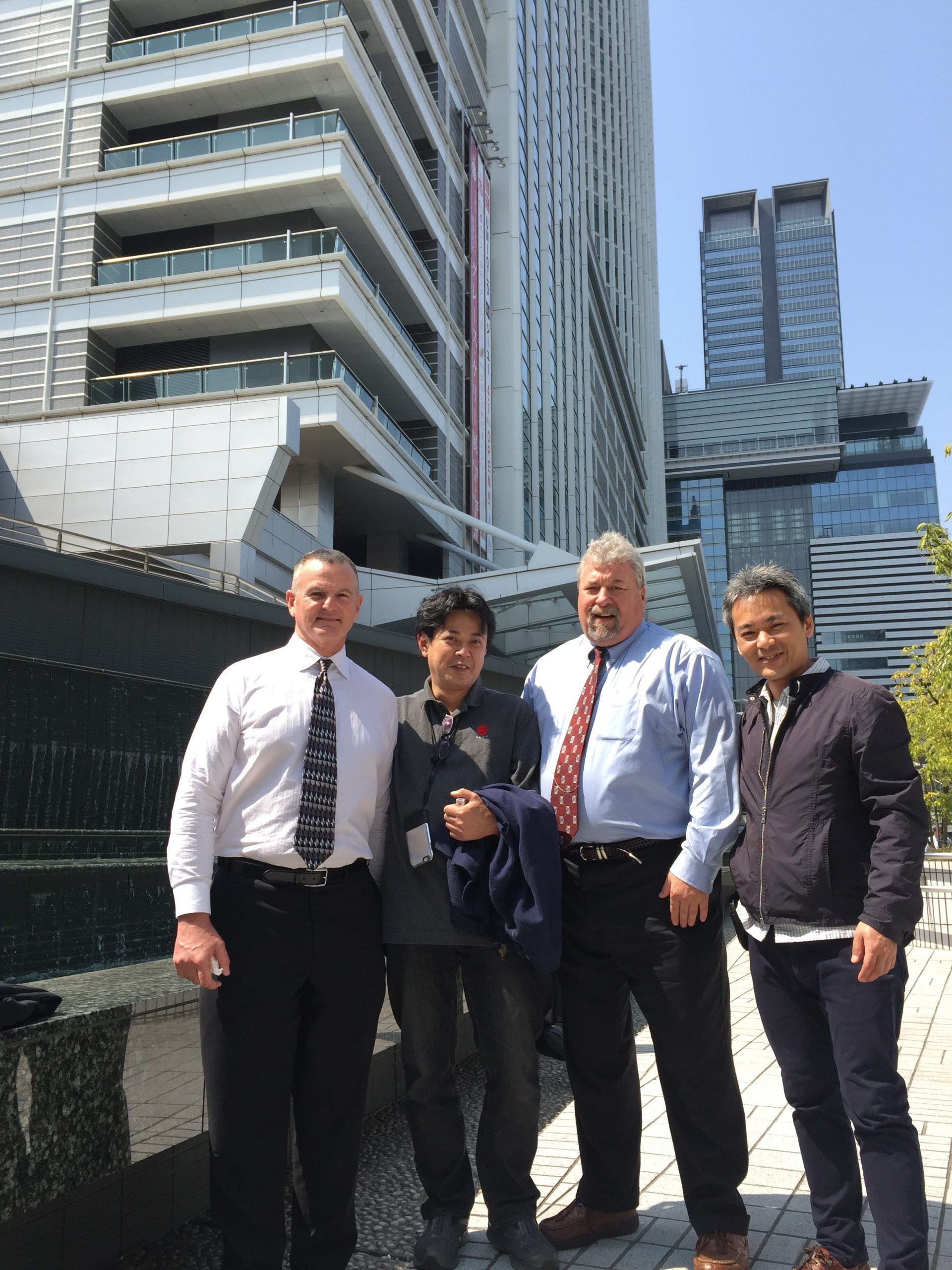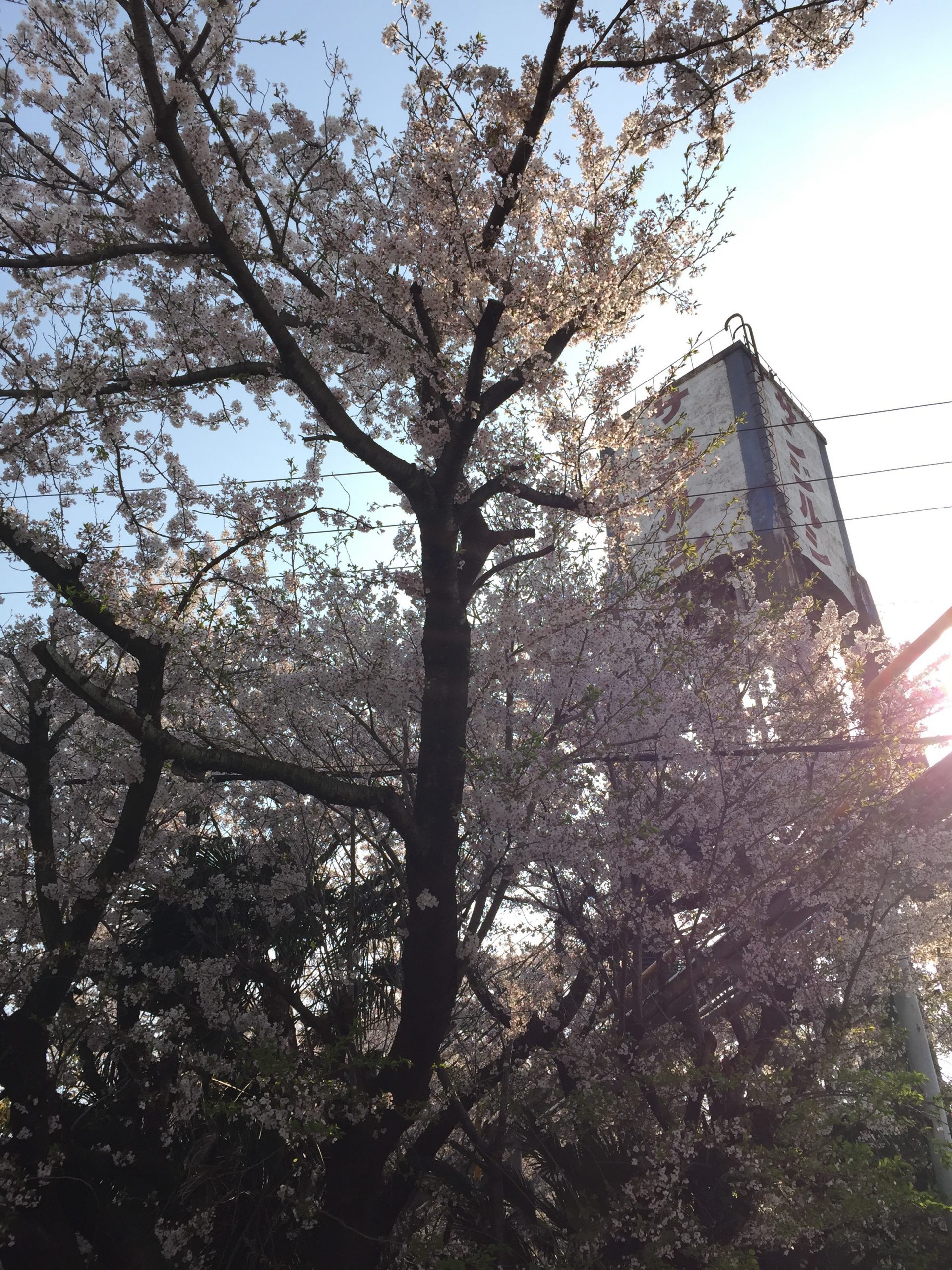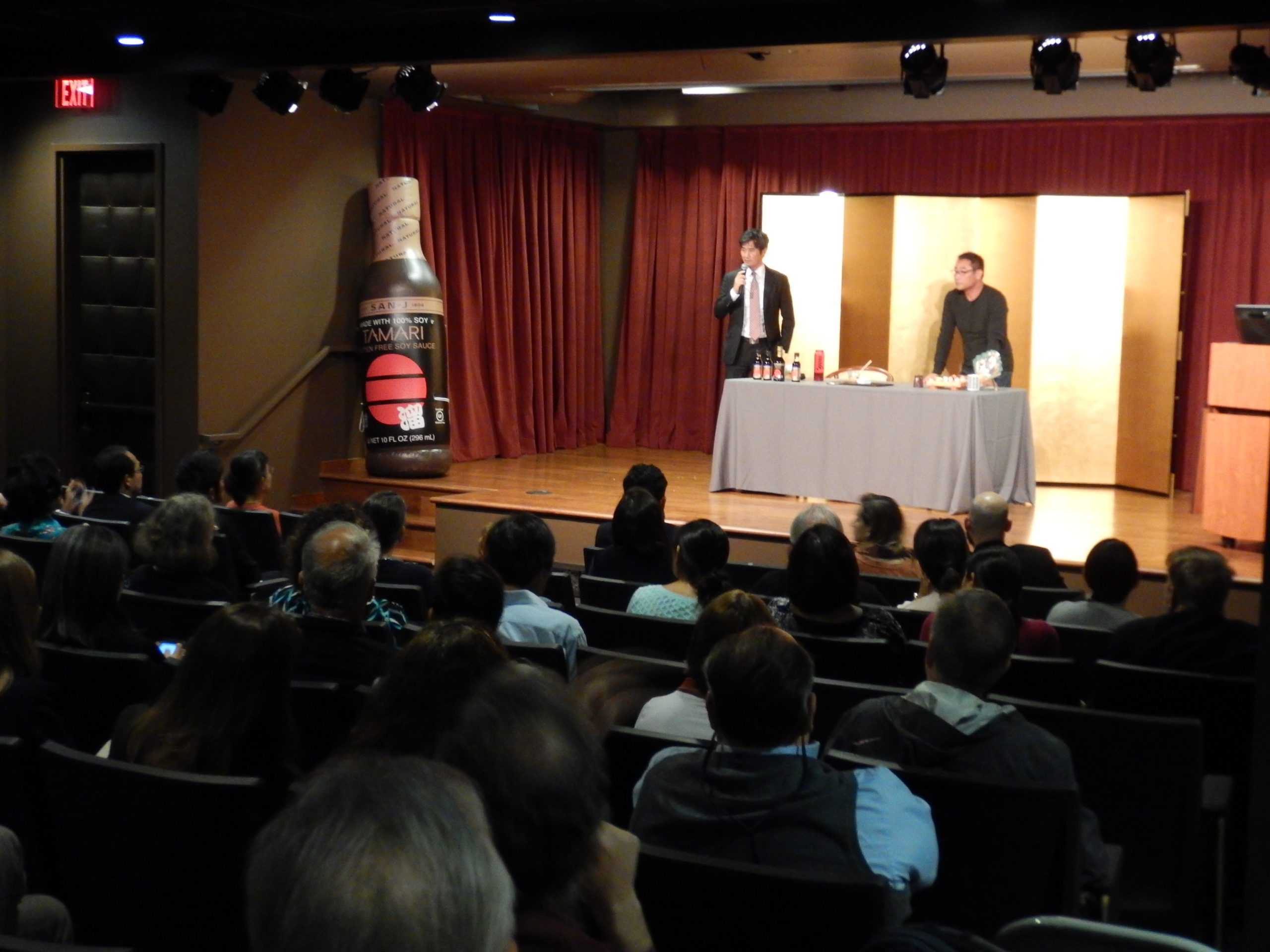Japanese cooking often involves complex processes like fermentation to enhance the flavors of specific ingredients. This achieves what is popularly known as umami, one of the five Japanese-discovered flavor profiles characterized by its distinct combination of the other sweet, bitter, salty and sour profiles.
We’ll explore koji and its use in the fermentation process, its role in Japanese food, five essential ingredients for Japanese fermented food and examples of appetizing dishes containing these ingredients.
What Is Koji?
Koji is a variant of the Aspergillus oryzaefungus used in fermentation to produce miso, soy sauce, and sake. The fungus initiates the fermentation process by creating a reaction when it is combined with ingredients like wheat, rice and soybeans. Enzymes during this reaction help convert proteins into amino acids and starch into sugars. Once broken down, ingredients are left with an umami taste.
Koji can be store-bought to be used in the fermentation process at home, but the right application will determine whether the enzymes react as they should. This means the right ingredients and the exact fermentation time frame must be used to achieve the desired results.
The Role of Koji in Fermented Japanese Food
Foods naturally possess enzymes that can be manipulated or broken down to change flavor profiles while promoting shelf life. Fermentation helps preserve foods like meat, fish, grain, fruit and vegetables since they are often stored for later use.
Different Aspergillus fungi or koji variants contain enzymes that break down carbohydrates, lipids and proteins to achieve fermentation. This is necessary for certain catabolic processes to occur in food.
5 Essential Fermented Ingredients for Japanese Cooking and Common Dishes

Certain ingredients must undergo fermentation to ensure the right taste for the desired dish. Learn more about the role of koji in five essential ingredients used for Japanese cooking and some dishes containing these, demonstrating how common the koji fermentation process is in creating them.
1. Sake
Sake is a traditional Japanese wine whereby rice grains are converted to sugar through fermentation, giving it a sweet flavor. Water and yeast are added during fermentation, producing a beverage with a low alcohol percentage.
For sake fermentation, koji, water and rice are mixed and covered until a sweet substance is formed. After adding yeast and more water, it ferments in a vessel for a month. It then becomes what is called “moto,” containing alcohol. A second seven-day fermentation stage is introduced, where additional koji, water and rice are added to the vessel.
Lastly, the fermented sake is sterilized and bottled after standing for another week.
If you want to try out a few dishes containing sake, you may enjoy sukiyaki sauce, Japanese fried chicken, Japanese soba noodle soup, and Japanese braised pork.
2. Mirin
Mirin is a Japanese rice wine similar to sake that contains less alcohol and more sugar than its counterpart. It is one of the main ingredients in producing your own teriyaki sauce and is characterized by its sweet yet tangy flavor.
Koji, glutinous rice and shochu are mixed during mirin fermentation. Shochu is a type of distilled alcohol. Koji enhances the sweetness by converting the rice starch into sugar during fermentation. The final product is left to ferment at length before it is bottled for distribution.
A few tasty dishes that contain mirin include Hawaiian teriyaki meatball rice bowls, Hawaiian teriyaki cashew chicken, ramen with teriyaki chicken and teriyaki tofu kabobs.
3. Vinegar
Of all the ingredients, you may recognize vinegar because of its global application in food. The types of vinegar produced in Japan are rice-based, whereas other types use fruit and alcohol during production. Vinegar’s main ingredient is acetic acid, but it contains additional amino acids and sugars that give its characteristic sweet-acidic flavor.
During pure rice vinegar fermentation, sake is initially brewed and used later in the process. Sugar is produced by combining rice, koji and water. Koji enzymes break down and convert the rice starch into sugar. Yeast further ferments the sugar to form moromi. Ethanol is produced during this stage.
Water, acetic acid bacteria and vinegar then ferment the sake-moromi and ethanol to create acetic acid, the main ingredient in vinegar. Once fermentation is complete, the vinegar is stored to mature before being bottled.
Some dishes that contain rice vinegar include fresh cucumber salad, air-fryer shishito peppers with umami-ginger sauce, spring roll salad and salmon sushi cups.
4. Miso
Japanese cuisine is light and minimalistic, incorporating subtle, natural flavors. One popular seasoning is a soybean paste called miso. Miso adds a unique flavor to soups and noodle dishes and can be used as a marinade or brine.
Koji used to produce miso is grown on grain before being added to the rest of the mixture. The fermentation process goes through two stages. In the first, the koji from the rice spores are soaked, then steamed, cooled and immunized before it is fermented for two days.
During the second fermentation stage, soybeans and salt are soaked, boiled for a few hours, mashed and then mixed with the fermented koji from the first stage. It is then stored for further fermentation. This process takes up to twelve months — the longer it ferments, the more miso varieties develop.
Why not try some of the following recipes to explore miso in Japanese food? You’ll enjoy Tamari-miso caesar salad, miso yogurt dressing, creamy miso broccoli soup and air-fryer gochujang and sweet Tamari chicken skewers.
5. Soy Sauce
One of the most widely used condiments, soy sauce amplifies ingredients with its distinguished taste. It is unique in combining the five taste groups to produce a unique flavor that can be used for various cooking applications.
The fermentation process is lengthy and involves mixing koji, soybeans and salt to produce what we know as soy sauce or shoyu. While brewing, the koji produces enzymes that break down proteins and starch into amino acids and glucose. What sets our Tamari Soy Sauce apart is that we do not add wheat to the soybean base, which is often done during the fermentation process.
Experiment with some of our delicious fermented food recipes for the best soy sauce flavor combinations. They include shrimp and basil stirfry, crispy chicken Pad Thai, soy glazed brussel sprouts with bacon and cranberries and spicy cold silken tofu.
Choose San-J Tamari Soy Sauce to Enhance Your Japanese Cooking
Understanding koji’s role in transforming protein into amino acids and starch into glucose in traditional Japanese cooking helps you appreciate the complexity and diversity of the enhanced flavors. This provides insight into the exciting world of Japanese cuisine that you may otherwise take for granted.
At San-J, we are proud of our extensive Tamari Soy Sauce range because it caters to all palates. We stock gluten-free, organic and no-soy sauces. Most of our tantalizing recipes are perfectly paired with our exclusive sauces.
If you’re ready to explore our sauce range, order any online today. You won’t regret it!




